Sound
I try to attend at least one live performance a month – for enjoyment, and for a sanity check. There will be many mentions of “tonal accuracy.” My definition of tonal accuracy is how something sounds in the real world to me.
After many, many blind tests with other audiophiles, I understand not everyone hears or describes what they hear the same way. Our brain, at times, will play tricks on us.
The only way to do it right is to listen over time – at least a few days. What I consider “smooth” some will consider “warm” or “dense.” I also know many audiophiles who prefer an elevated tone, even though it doesn’t sound anything close to natural – but that’s OK. Anyway, I’ll do my best to describe what I hear.
I’ll be using the High Fidelity Cables CT-1 Ultimate power cord on the SR4 for this evaluation.
Kodo – Kokyo
The most immediate differences between the LPS-1.2 and SR4 (at least with the CT-1U) is tone. The LPS-1.2 has a more warm-blooded and superbly organic tone. The SR4 is silkier and “cooler” in its overtones. As the cymbals come in, the SR4 is able to produce more nuanced and better metallic gradations while layering out the voice a little further back. The LPS-1.2 is more forward with a sweeter treble but more “blended” as far as depth and resolution.
When the taiko drums come pounding, both power supplies are explosive and punchy. There aren’t any signs of softness. The SR4 has more perceptible flex in the drum skin from the drumsticks bouncing off it whereas the LPS-1.2 has more growl and grandiose rumble – almost like a tubey bloom. The SR4 layers out the technical rhythm, dynamics, and transients more clearly while the LPS-1.2 is portrayed more holistically – keeping mostly the characteristically “musical” parts.
The SR4 has more dynamic extrusion into the listening room – while the LPS-1.2 stays warmer and closer together. It’s a little easier to perceive the size and shape of the drums with the SR4. The SR4 exhibits more balanced between the drums, gongs, cymbals – while there’s a slight low-end emphasis on the LPS-1.2.
Overall the SR4 is cleaner, smoother, and more nuanced while the LPS-1.2 has natural coloration and thump. Timbre is fantastic for both power supplies – you could still tell which instrument is what.
Charles Lloyd New Quartet – Nu Blues
One of the strengths I mentioned in the Paul Hynes SR4 review was its uncanny ability to shape out the music. With the complex interactions between the crowd and players in this recording, the SR4 is surely strutting its stuff. The bass, drums, piano, and saxophone are not only separated and have well-formed outlines, but it’s also utterly convincing from an imaging standpoint.
The LPS-1.2 has wonderful coloration and tonal contrast while the SR4 has more dimensionality, texture, and palpable shape. During the bass and drum solos, you hear what’s being plucked and struck more clearly with the LPS-1.2 – while the SR4 demonstrates the complexities of how those instruments are being played. It articulates directionality, speed, and artistic strength and energy in a more visceral fashion.
Another track that makes this difference obvious is Hocus Pocus by Focus. The SR4 offers up a more holographic and coherent presentation. It feels like you’re watching a live show. The LPS-1.2, on the other hand, have instruments playing more forward on the same plane but has a more convincing tone – especially with the tires screeching and shouting.
The LPS-1.2’s lusher tone is cozy and inviting. The SR4’s technical ability provides a more 3D listening experience.
Eva Cassidy – Take Me to the River
I think the warmblooded tonality of the LPS-1.2 sounds truer with this recording. Although the outlines of the LPS-1.2 are more “overlayed” rather than tight, they’re not bloomy, fuzzy, or rough. It still provides a richer atmosphere that compels rhymic head-bobs and toe-taps. Tonally, the LPS-1.2 will be considered more musical due to its more organic presentation. Once again, the SR4 is more performant in the technicalities -, especially with this specific power cord.
The SR4 exhibits better coherence, imaging, resolution, articulation, texture, quietness, and soundstage. The SR4 sounds holistically more convincing with its lifelike three-dimensional performers playing in front of you. Instead of just hearing the drum, you could hear how the drumsticks hit the drum. Instead of hearing a flat voice, you’re visualizing the emotion. You’re able to pinpoint the relative distances and size of Ms. Cassidy, strings, and percussions.
The SR4 is more of a listening experience whereas the LPS-1.2 is more about keeping things fun and intimate.
Sara Bareilles – (Sittin’ on) The Dock of the Bay (live)
The LPS-1.2 still provides a more melodic and warmer tone that’s probably more aligned with the intimate atmosphere of this recording. Her voice, the audience, and piano sound true to life and have the proper color and grunt. If it isn’t clear by now, the LPS-1.2 is very musical out-of-the-box.
In comparison to the SR4, the LPS-1.2’s image seems to be painted on a flatter canvas. The LPS-1.2 has broader, more high-level strokes – you miss out on the details but you get the bigger picture – which isn’t a bad thing.
With the SR4, at around 3:25, Bareilles gets the crowd to whistle along. The piano key presses and holds have better transitional gradations. The whistle and laughter are also more nuanced and dimensional. There’s a better sense of textural envelopment – you feel as if you’re part of the audience whistling along. The SR4 also has a more coherent, dynamic, and less piecewise approach to imaging out the soundstage.
The LPS-1.2 colors the atmosphere for musicality but the SR4 does a better job with the lower level details.
Paul Hynes SR7
I’ve already compared the SR4 with the SR7 in my previous review. With the SR7 at more than quadruple the price of the LPS-1.2 – it isn’t meant to be a fair comparison. But I know I’ll be asked about this, so here it is.
When used with the Vovox Textura power cord, the SR7 is in every way better than the SR4 and LPS-1.2. This includes dynamics, articulation, bass definition, soundstage, and body. My first thought when doing the comparison was “this sounds frickin’ real.”
As I play A Love Supreme Part II: Resolution by John Coltrane, with the SR7 you not only hear more of the music, but you also hear the skill involved with the music. The delicate nuances of cymbals, the vibrancy of piano notes, and brassy textural exertions. You’re immediately drawn in by the spacious yet controlled scene with supporting PRaT and coherence.
Long story short, the SR7 power supply is still in another league.
Final Thoughts
I’ve touched upon UpTone Audio’s LPS-1 and ISO REGEN more than a year ago. If you have the original UltraCap LPS-1, you should upgrade to the LPS-1.2. The LPS-1.2 is richer, smoother, and fuller in comparison. For lack of a better word, it’s more musical.
So, with the release of the UpTone Audio’s LPS-1.2, the choice between that and the Paul Hynes SR4 is made more difficult.
Which one you decide on depends on a few things.
The case for the UpTone Audio UltraCap LPS-1.2
- You have limited precious outlets on your power conditioner. The LPS-1.2 sounds better, at least in my case, directly from the wall. With the growing number of required digital components (USB conditioners, clocks, networks gear), this could be a really good thing. As a side note: I wish more power conditioners had at least 8 outlets instead of 6. C’mon guys.
- You don’t want to deal with buying a power conditioner or better power cord. The LPS-1.2 seems to sound best with its stock power cord on the SMPS – at the wall. Although I do recommend a better DC cable (check out Zenwave Audio).
- You’re looking for something more compact. It’s about 1/5 the size of the SR4.
- You’re powering devices that require 1.1 amp or less.
- Sound: If you enjoy a bolder, more forward, and warmer sound. It won’t have as much depth, focus, and resolution, but tonality is something some find to be nonnegotiable. You get this out-of-the-box without any tweaks – whereas, with the SR4, you’ll need to tune with cables and conditioners.
The case for the Paul Hynes SR4
- You have a power conditioner. The SR4 seems to scale very well when plugged into one.
- Depending on the power cord used, the SR4 could sound a bit glamoured, light-hearted, and silky. In order to better the tonality of the LPS-1.2, you’ll need to spend $350 for a cable like the Vovox Textura or find a more suitable (warmer) power cord. When using the Vovox Textura power cord with the HFC MC-6 Hemisphere, the SR4 is, to my ears, is tough to beat. But yeah, it’ll cost you.
- You want the flexibility to be able to tune to taste. This includes changing out DC cables, power conditioners, and power cords. The LPS-1.2 seems to sound best the way it’s shipped.
- If your devices require more power – the SR4 offers 2A continuous and 20A transient. I haven’t tried it yet, but you could technically split power between a modem and router. It’s tough doing that with an LPS-1.2
- Sound: The baseline gains for the SR4 are numerous. Particularly when it comes to shaping and layering out the music. There’s no smearing of instruments or singers. It’s a very lifelike and three-dimensional presentation. My impressions of the SR4 still stand. It reveals what my sources are capable of without being clinical. It also provides insightful tangibility and gravitational presence to all recordings. Something I’ve yet to hear from other power supplies. For those reasons, I think it’s the “more audiophile” power supply between the two.
Everyone’s palate (and wallet) is different – so the choice is yours.
I’ve purchased at least four UltraCap LPS-1s last year – so the much improved LPS-1.2 comes with a high recommendation. The straight out the gate performance of the UltraCap LPS-1.2 is very compelling. Without spending more than $435, you’re getting great sound – in a small package.
The beauty is that you don’t need to buy a power conditioner or expensive power cord to get a rich musicality. Its raw and warmer character is also highly addictive and keeps you nodding with approval. It’s also the sleekest looking power supply on the planet.
Do you have experience with both the SR4 and LPS-1.2? Let me know your thoughts below.
Purchasing: UpTone Audio UltraCap LPS-1.2
Check out our SNEAK PEEKS on Facebook and Instagram!

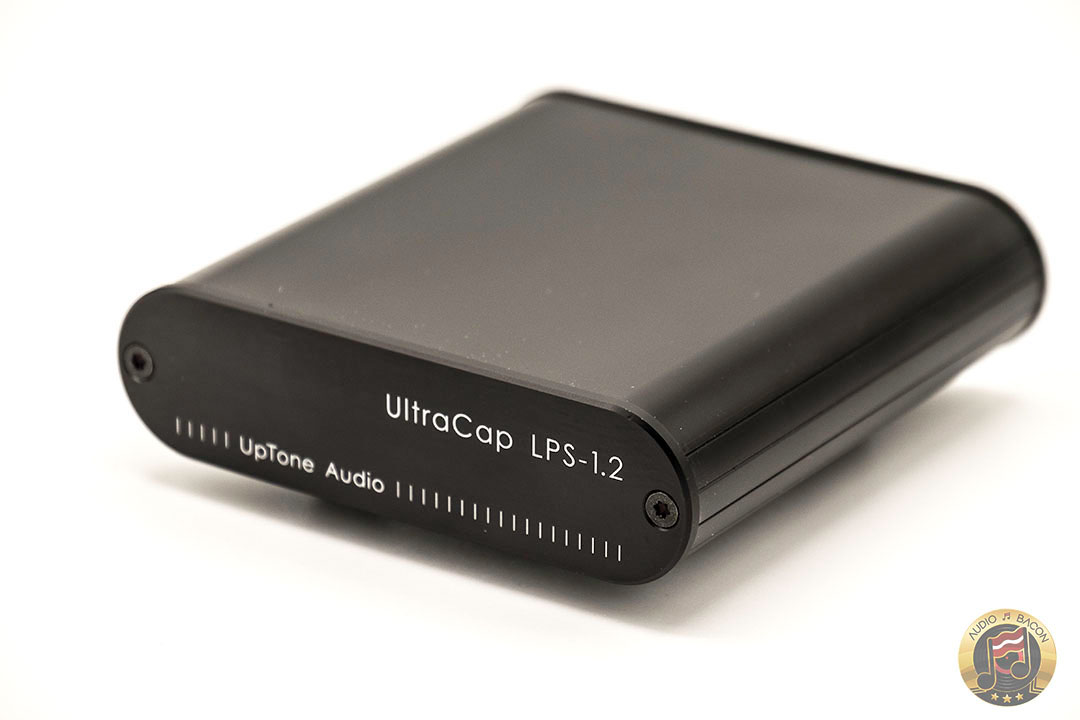
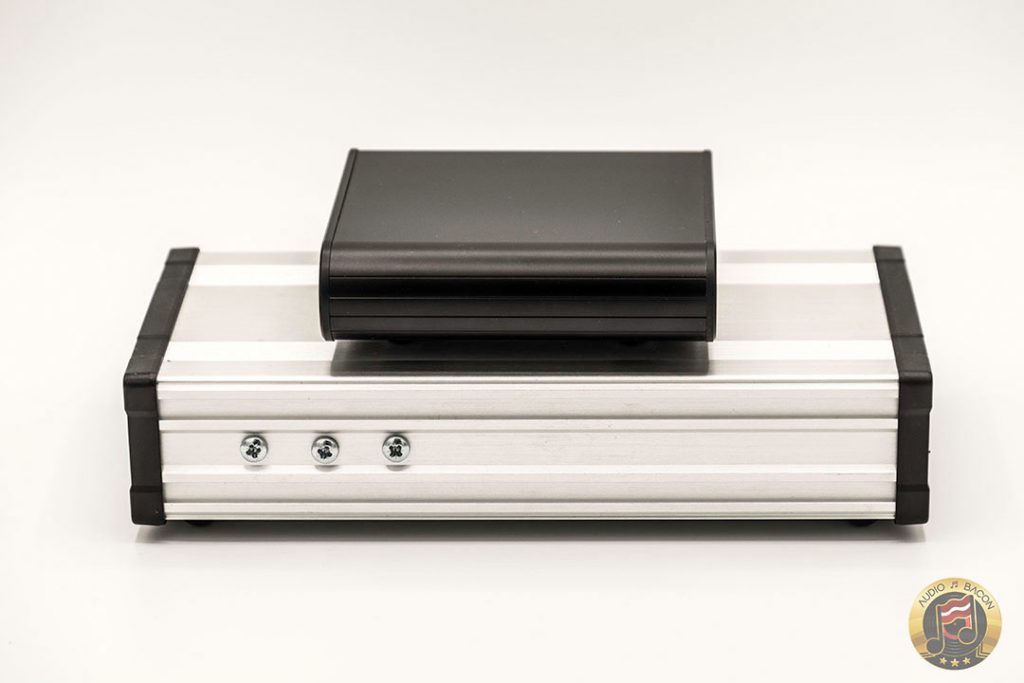



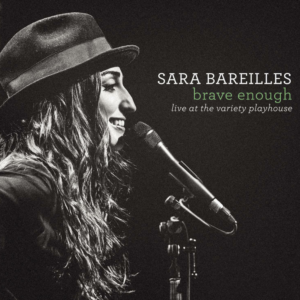
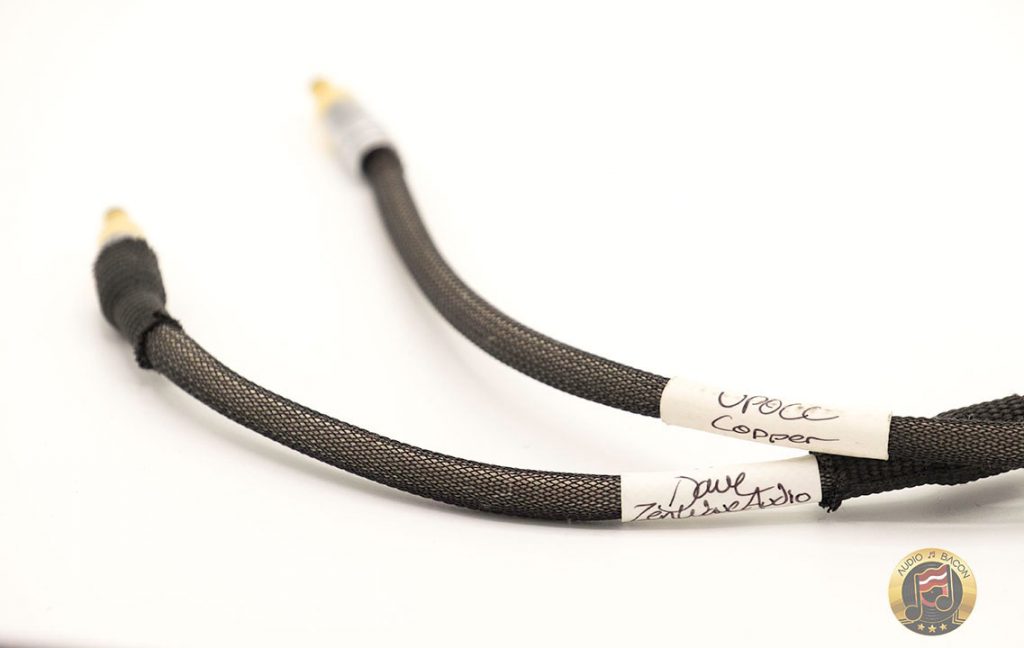
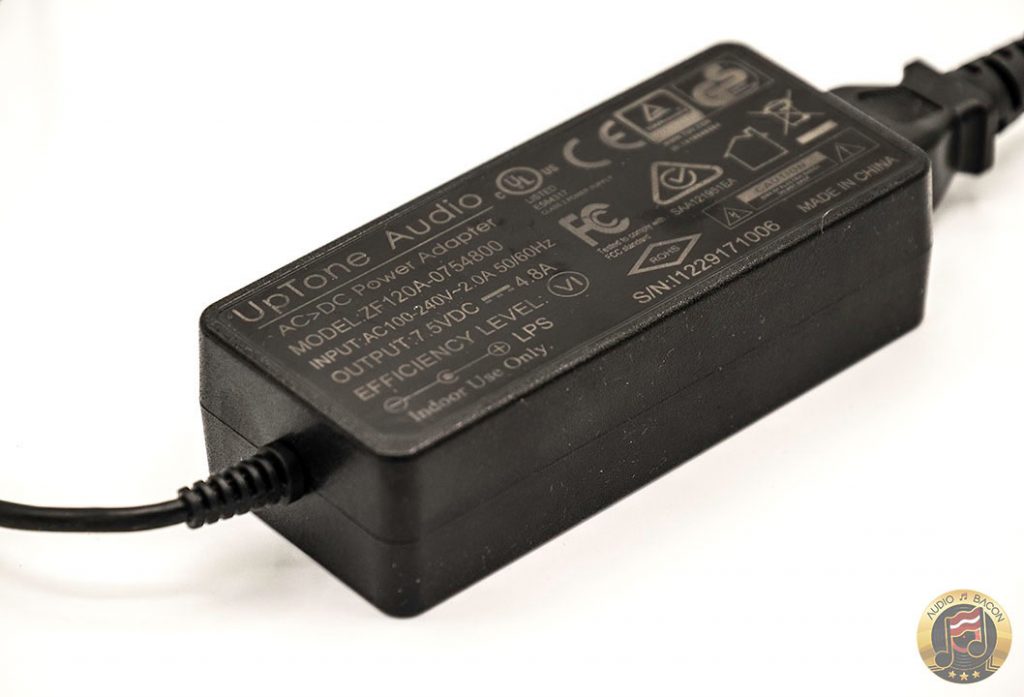
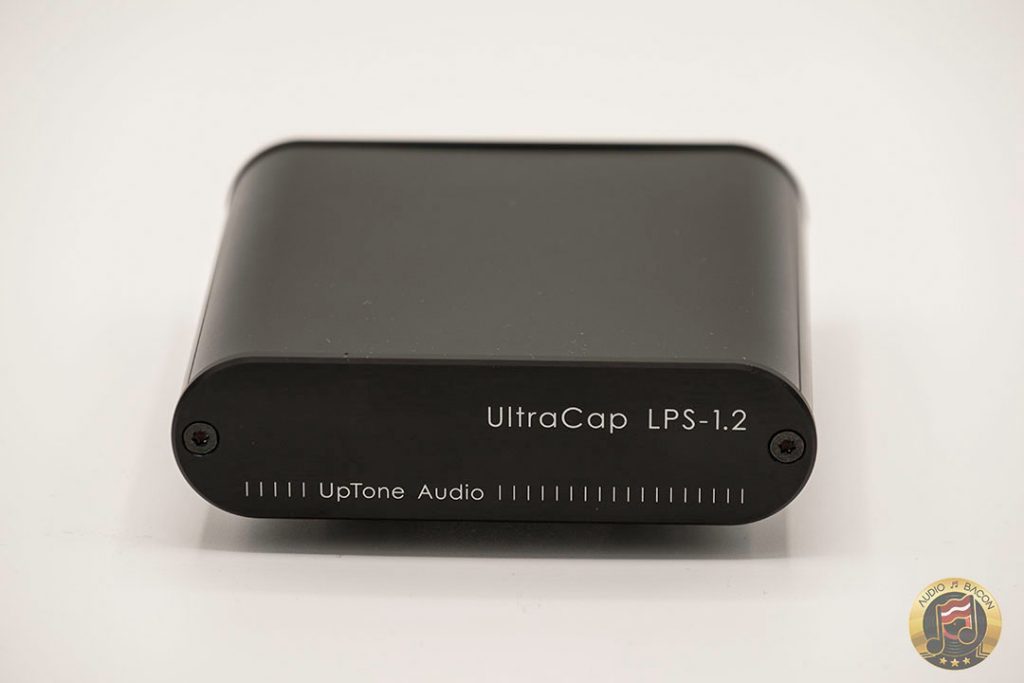
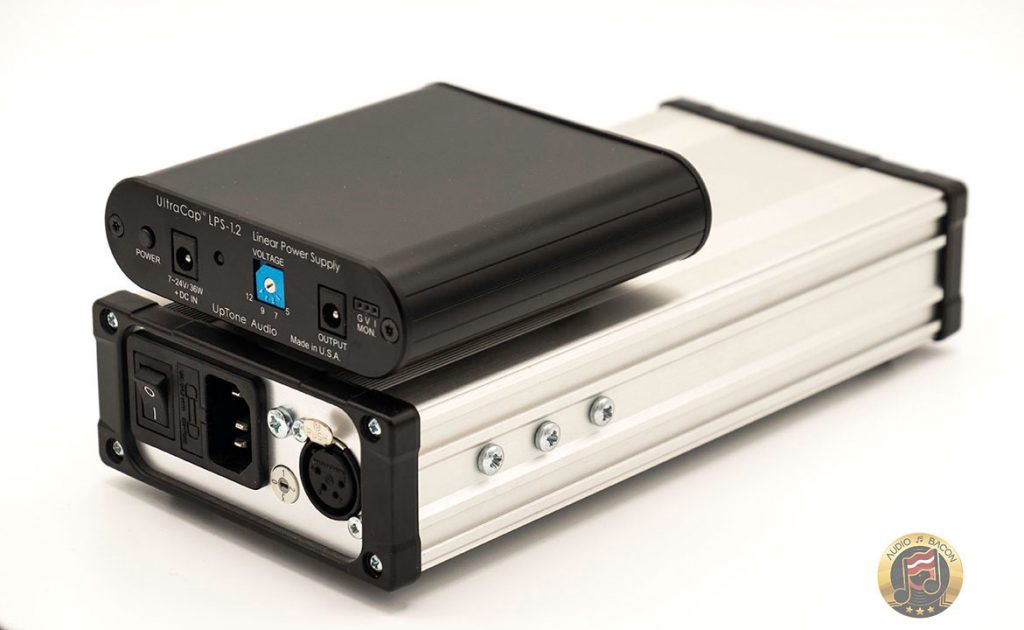




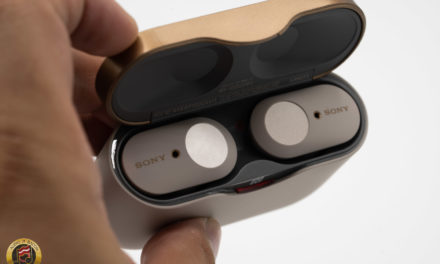

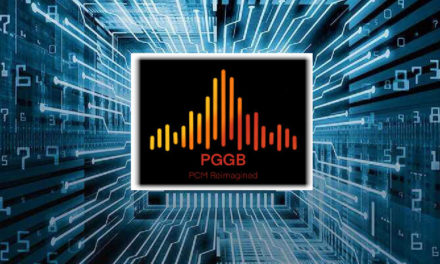

Jay,
out of curiosity. What’s the logic behind a >$10k source and $1k speakers in your setup?. A the end of the day the speakers are the most important part of a system.
Great question. I agree that speakers are the most important part of the system. The reason is because I started with headphones. So I spent a lot of time perfecting the source. Now that I’ve transitioned to more 2-channel listening, I now have a wonderful “source foundation” for speaker reviews. I think I have at least 8 pairs in the review queue at the moment. Also, the ATC SCM7s sound GREAT and fit perfectly on my desk – where I do most of my listening. 🙂
ok, maybe as ‘a transition to 2-channel’ you could do another gigantic shoutout of near field monitors, as the new revel M126Be, full ranges, .. just asking ;.).
It’s the only logical next step 🙂 I’ll put the Revel on my shortlist. Let me know if there are any other ones.
Maybe Elac Adante 🙂designe by andrew jones. It is coaxial driver for better near field listening
this answer makes me to salivate :-). Since typing is easy, here goes a list of suggestions of not too big monitors that I think are worthy:
-Revel M126Be
-Penaudio Cenya Signature
-Amphion Argon 3s
-Trenner & Friedl Art
-Voxatif Hagen (Full Range)
-Omega Super 3 High Output Monitor
-Omega Compact Alnico Monitor (Full Range)
-ATC SMC11
-Genelec 8341, 8331, 8340 (Actives)
-KEF LS50
-Proac Response DB1
Hello Cortes,
Most of those speakers have been out for years with multiple reviews behind them already. I would like to read about more recent ones like
Totem signature one
Sonus faber sonetto
Scansonic m5
Bowers 606
Mission Q2
…
Best regards
G
Easy to understand why you prefer a headphone/desktop setup, its far easier to A-B test with and less costly for resolution. I currently have HDPlex, SoTM SPS500, and an LPS 1.2 of which the LPS 1.2 is hands down best for powering small components like ISO Regen or a streamer that can work within the current limits of the LPS 1.2 I’d love to see your thoughts on ISO Regen powered by LPS 1.2 vs
TX-USB Ultra powered by your choice…
Definitely easier to swap things around and A/B test, but also because that’s where I spend 8+ hours a day working on stuff. We’re in the middle of setting up a few more listening rooms (budget and high-end) so we’ll see how that goes.
I have no doubt the LPS-1.2 works well with the ISO Regen. Unfortunately, I no longer have an ISO Regen as I’ve found it no longer improved the sound when it’s attached to the DAC or tX once the Innuos Zenith SE was in. However, it helped a lot with the SOtM Trifecta.
Actually no.
Garbage in – garbage out.
While the speakers have an important part in the overall sound, feeding a cheaper speaker with a top class source will always sound better than a cheap source into top class speakers.
As for the Uptone LPS 1.2, I plugged mine and ultraRendu into my system today to replace a MacMini.
My first listen didn’t sound any better than the MacMini and I do have top class speakers 🙂
I was expecting a large difference is sound quality over the Mac and Mac but sorry, I’m not hearing it…
It’s definitely not even in the same league as listening to Tidal vs. Spotify Premium…
Thanks for the reviews. Was the SR7 plugged into the power conditioner?
Digital audio is just SO damned sensitive. I am getting the best SQ at home I have ever had using the ultraRendu, but my system looks like a plate of speghetti!
I am VERY tempted by an SR7, but not if I have to use a power conditioner. On the other had a friend is selling his DCS Bridge and IF i sounds as good as the uR it would enable me to rremove two LPSUs and a LOAD of wire – which would be nice.
First world problems!
M
Both are good. I get a bit more ‘air’ with the LPS 1.2 into the uRendu. If you can run at 7V/1A off of the LPS 1.2, try charging it with the SR4 set at 9VDC (w should only get warm to the touch). Best of both worlds?
ATB
L.
Would also be interested in an Lps powering Lps1.2 scenario however the Sr4 in the above suggestion is not even close to making the lps 1.2 power requirements as has been highly discussed over at CA including Paul’s concerns himself.
If you do get around to it please make the suggested 36watt power requirement on the Lps 1.2 rather then introduce another under powering variable.
Hi Jay, much appreciated for the reviews ,it’s always a reference for me . Could you tell me if the UpTone Audio UltraCap LPS-1.2 will work well with Sotm sms-200?
Yes, it’ll complement it very well due to its intrinsic tone. Better than the LPS-1.
Happy days!Cheers Jay
Jay, I just bought the LPS 1.2 , should I use 9v or 12v ? (Have a good start 2019 😉
Why did you use the Zenwave DC cable only for the SR4 instead of the Hynes copper one from the earlier review?
I prefer the sound of the Neotech 7N copper.
Understood. So why not you try Paul’s silver cable? Paul’s use of silver got a “this is the way to go” review at HiFi Pig (SR3, but not sure if it was the cable or internal wiring). In addition, a discussion with Paul will bring out that like you, he is a strong fan of warmth in audio, and makes use of annealed fine silver, which he finds neither bright nor emphasizing the high frequences.
Speaking of warmth in tone, I also found one can get a lot more than the Boomslang has to offer with PAD’s Luminous Neptune. And maybe even more again, depending on the application, by adding iFi’s SPDIF iPurifier at the end, fed by a good LPS instead of the stock adapter (the Boomslang also benefitted from this).
I just plugged the lps 1.2 into my Entreq power distributor and forgot about it.
Then read this review and compared plugging it into straight to the wall.
With Entreq (which doesn’t do any filtering and no built in earth box either) the lps 1.2 with sms200ultra sounds bright.
Straight to the wall it sounds more natural.
Thanks for the suggestion.
My pleasure! Glad it worked out.
I have a Melco N100 music server. I tried a LPS 1.2 powering it at 12v. However it did not improve the sound and it got hot.
Have you any suggestions as to what LPSU would be suitable.
Paul Hynes SR4
Thank you for your advice. There are so many LPSU ‘s available it is very difficult to select the right one.
Thanks Jay! I’ve found your reviews to be extremely helpful. I run TLS OCXO 2.0 switch and found the SR4 / Vovox into Synergistic Research PowerCell 12SE to be more to my liking than the LPS 1.2 / wall…as you found, greater separation and air, better layering and more open larger, better focused sound stage. I also use 2 ea 4M SOtM dCBL Cat 7 cables connected via dCBL Iso Cat6. Recently I have added the new Uptone Audio etherRegen switch in place of the Iso Cat 6. So basically “piggy backing” switches. Even powered with the LPS 1.2 it is another huge jump in sound quality. Noise floor was already very black but now even more so. Much better focus and realism on all sonic images within the sound stage but still maintains great musicality. Suspect another SR4 / Vovox powering the etherRegen would open up the soundstage even more with bettering layering. Down another rabbit hole we go!
Thanks
Unfortunately the results from LPS-1.2 for me were disappointing.
After so many reviews on the internet I decided to buy it.
I bought a used one (first purchase 2 Dec 2019) and when I got it I first connected it to the SOtM SMS-200 NEO, replacing a Sbooster mkI 12V. The sound lost bass, detail and image.
LPS-1.2 was removed immediately and Sbooster re-entered.
Then I powered an Ideon Audio 3R USB Renaissance. Here the difference in sound with the DIY power supply I have was almost zero and not obviously the one I expected according to the ratings and its cost.
Next steps, I will sell the LPS-1.2 as well as the Sbooster and buy the Sbooster mkII.
Note that all measurements are OK.
SOtM and Ideon power consumption is below 0.25A and the voltages supplied were 12 and 7 Ω (measured 12.07 and 7.05) respectively
I’ll get the SBooster MKII in for the shootout.
I will look forward to your review.
Hi Jay,
THe Uptone LPS1.2 does rock. Finally got one and plugged it in with my Wattson Emerson Analog to replace my iFi X-power supply and while iFi is good, the Uptone is transformational. The sound is way more agile , organic and engaging, it is not top in resolution but enough not to be distracted and everything blended in and music reproduction a whole but not playing individually!
I’m just enjoying music everyday right now since no matter what type of music I throw in , it just reproduces pure music which is so engaging and smooth!
cheers,
Eric